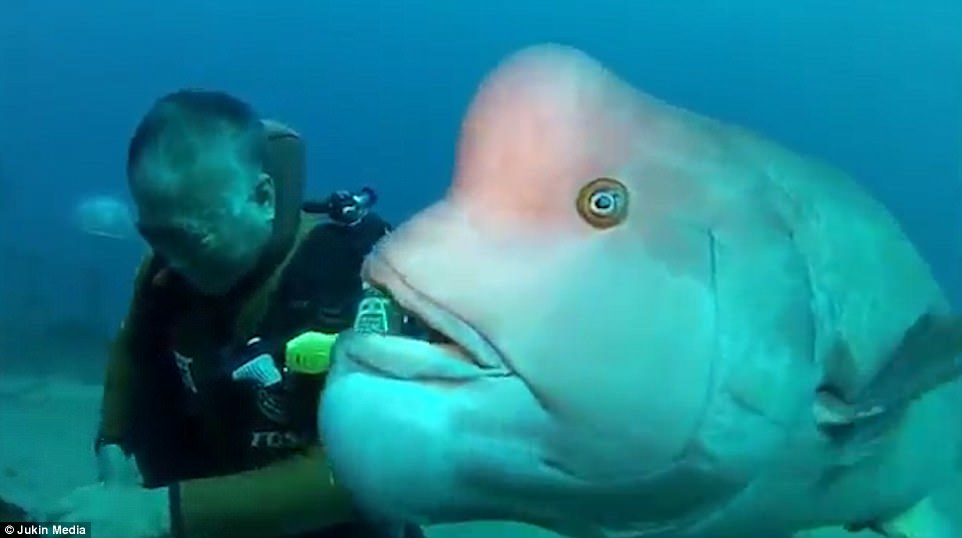
Wombat mystery solved: Georgia Scientists Solve Its Pooping Mystery.
In the manufacturing world, there are only two ways to make a cube. Either you cut the six-sided shape you want out of a larger chunk of material, or, if the material is soft enough, you mold it.
Wombats, marsupials living in Australia and Tasmania that resemble plump rodents, have been making cubed-shaped droppings ever since they first evolved between 20 and 50 million years ago. They’re the only creatures in the animal kingdom that produce this kind of poop, and for years have done so inexplicably.
A research team of mechanical engineers and wildlife experts may have figured out how wombats produce such peculiar feces by investigating the creatures’ intestines. The trick seems to be that the end of their gastrointestinal tract walls has recurring patterns of stretchy and firm tissue that shape the waste as it passes through. The team, led by Patricia Yang, a mechanical engineer at the Georgia Institute Technology, presented their findings this week at the annual meeting of the American Physical Society Division of Fluid Dynamics in Atlanta, Georgia.
Yang got hold of the remains of two wombats that had been hit by cars in Tasmania. Although they had been fatally injured and euthanized, their intestines remained intact. “We opened those intestines up like it was Christmas,” David Hu, a coauthor of the study who heads the Georgia Institute Technology lab where Yang works, told Science News. (Hu’s lab focuses on solving excretory mysteries of the animal kingdom; three years ago, Hu received an Ig Nobel Prize for his research on the speed of mammal urination.)
After cleaning out the intestines of any remaining waste, the team pushed long, inflatable balloons through them to figure out the flow of feces.
Wombats are herbivores, and like most herbivores, they have relatively long intestines compared to their body size to maximize digestion of their fibrous food. Yang and her team inflated almost 100 ft (30 meters) of intestine per creature, each of which had a body about 3 ft long. (For comparison, human intestines are about 25 ft long.) The intestines of most animals have uniform stretching capacities. The scientists found that near the end of the wombat’s large intestine, the walls varied in their stretchiness. “Wombat intestines have periodic stiffness, meaning stiff-soft-stiff-soft, along the circumference to form cubical feces,” Yang told the Guardian. In other words, as waste is pushed through the intestines, encountering a firm portion of tissue creates unique flat faces.
Wombats use their dung to communicate with one another; piles of pellets indicate ownership of any given territory. Their cubed shape makes them ideal for stacking, and since wombats have poor eyesight, the bigger the pile of dung, the better.
In theory, the wombat method of making cube-shaped objects could be applied to manufacturing. You could push material through a tube with both form and forgiving walls to give it a unique shape by the time it emerges.
The team has yet to publish a peer-reviewed paper on this work. According to Science News, though, they’re working on modeling a wombat intestine with pantyhose to see if they can mimic it in action













